Berlin Art Week – Part 1: The Fairs
- Christian Hain
- Sep 21, 2016
- 6 min read
Updated: Mar 25, 2020
(Berlin.) Remember we told you there was no (important) art fair in Berlin? Instead, we said, Berlin has the Gallery Weekend (link), a sort of decentralized fair with nearly all of Berlin’s nine thousand two hundred and twenty-three art galleries participating (our estimate). This was not the whole truth. Apart from Gallery Weekend in spring there’s also Berlin Art Week in full BerlIndian summer. BAW’s not the same as BGW, albeit close to it. Whilst you can survive Berlin Gallery Weekend with only minor liver damage, Berlin Art Week poses a challenge even for the seasoned alcoholic. We’re talking about seven days of openings, after opening receptions, arty parties and networking get-togethers here, for some of us interrupted by press conferences in the early hours.
On the occasion of this year’s Art Week, three fairs took place in Berlin, none of which is on par with the global elite friezefiacarmoryartbasle. Art Berlin Contemporary, short: abc, openly embraces the failure of the Berlin art market - it's commonplace: you may live here but you won’t earn a penny, Berliners can’t business. The management team cautiously avoids calling abc a “fair”, they completely banned the terms “exhibitor”, “booth/stand”, and, worst of all: “sales” from their vocabulary, and prefer to sell, sorry: to present, the event as a curated exhibition that showcases “individual artistic positions”. Yet, abc is a curated show without a curator, the participating galleries alone decide whom to show, and sure they do as they don’t get the space for free to promote a “position”, but are asked to pay the equivalent of six to seventeen brand new iPhone 7 plus for the privilege to participate.
Maybe there’s a misunderstanding, and the tiresome repetition of “position” just cunning honesty – “position (sense 5): the extent to which an investor, dealer, or speculator has made a commitment in the market by buying or selling securities: ‘traders were covering short positions.’” Thank you, Oxford Dictionary of English (it works in German too.)
To lessen their importance at least symbolically, no signs on top of the “position spaces” advertise the gallery brand, nor do you find any labels on the walls. Instead, you bow your head and stare at the floor in order to read the most basic information on an artwork. Some dealers however ignored these orders, and while Johann Koenig can always say he did not see the small print, others won’t have the same excuse. The fair-that-doesn’t-want-to-be-one’s guidelines further showed in the absence of every dealer’s beloved red dots, galleries were not even allowed to put fake ones in order to entice actual sales (the most common practice everywhere else). As the show progressed, we learned sales were dissatisfactory once again, better informed journalists already doubt abc’s survival for another year. At least they took care to sell two works to Nationalgalerie; a charity fund had collected sponsor money to do this as was proudly announced on the opening.
And what about the art? Well, if returning from an art fair you neither have your pockets packed with invoices, nor head straight to the nearest lottery shop for to have your pockets packed with invoices the next time you visit, there's something wrong. At abc, we saw few to add to our imaginary collection. Much of the art seemed political, anti-colonialist, starting with a welcoming fetish by Andrew Gilbert at Sperling Gallery’s booth, er: Andrew Gilbert’s individual position as curated by Sperling Gallery. A Wurm van selling sausages was closed when we visited the weekend, the staff inside occupied with their proper lunch. There was that awful craft beer again that we’d first tasted on König Gallery's after opening party in a nearby beer garden (it proved a good idea to keep our ID card from the fair’s Thursday morning press conference instead of returning it as we were supposed to; it opened many doors). Apart from that participative installation, Erwin Wurm also served sculpted food. That might be a trend: Ryan Estep’s hard bread on a wire served not to horses but to cowboys' photographs was puzzling (Ellis King Gallery), we liked it even better than Saâdane Afif‘s paintings and French poetry (Mehdi Chouakri Gallery). Berta Fischer’s exploding dabs of paint in sculpture form (Karin Günther Gallery) are always on the limit to kitsch, and always impressive, while Kenny Scharf likes the deco of a decent Goa party and fitted a cabin accordingly (Hans Mayer Gallery) but that’s what he’s been doing for years. If you like Basquiat, you probably loved Despina Stokou at Eigen&Art. We liked that gallerist for showing up at all the week’s parties.
If you dared to ask you learned prices were first class, and told in dollars ($150k for a Marcel Dzama drawing at Sies&Hoeke, that’s normal we suppose: $10,000 a fair price for the art and the remainder pays for the artist’s name. We only brought Euros). Talking about money, one Euro per ticket (€14) went to a fund supporting illegal immigrants (ok: “refugees” is the more fashionable term), forced solidarity is a lovely oxymoron. And what about migrating galleries, i.e. international ones? abc was more like “Berlin and friends”. Few friends, as Berlin based Galleries took most of the space. If aB (art Basel) is a-league, then abc is...? No, that would be a cruel thing to say. But it looked a lot like Art Basel Unlimited’s poor relation.
Now it gets confusing: The second fair happening in Berlin Art Week was called Positions, but it's much less focused on “artistic positions” than abc. Maybe they should consider a name swap?
The walls at Positions proudly displayed gallery names and artwork labels that often even included prices. The selection of galleries again focused on Berlin and Germany, with some additions. We don’t know how many galleries exist in Vilnius, Lithuania, but it seems like few were staying at home. At Positions, the management is not afraid of the f-word. It’s a fair, a tradeshow, it does not want to be anything else, and there is nothing wrong with it. Beside the sales not happening: A dealer told us they felt rather disappointed, which is of course what every dealer of any goods has been telling for the past three thousand years, but here it seemed the truth. And there was not even a charity fund around to help them out.
Art-wise, Positions gave the impression of an off fair with lots of galleries and artists you don’t need to remember. But as is often the case with off fairs (don’t call it that in public, they are in now way related to abc, and they see themselves more as an upstarting competitor that as a sidekick), you should keep your eyes open for the hidden gems.
Pertti Kekarainen's op art (Robert Drees Gallery) was nice, and so were Silke Katharina Hahn’s drawings with oil and hot glue on Teflon and paper (Mianki Gallery). At 100 Kubik Gallery, they told everybody who wanted to hear it or not, that Ignacio Llamas had been elected “Best Artist of Arco Madrid in 2015”, and well, Arco (still insisting the name does not refer to Narco Dollars from South America being spent in plenty) is not the best fair in the artworld either, but Llamas’ fragile photographs of trees are just fine. C&K Gallery with Roland Stratmann and a new take on mail art was another highlight, while Bräuning Contemporary went all “cameras out for Harambe”, with the video of a gorilla harassed by surveillance (artist: Christine Schulz). The most crowded stand by far was serving Campari for free. This was not a gallery, no art, but paid for by the brand itself.
At Parisian fiac, dealers call the closing Sunday “la journée des poussettes” - “the day of the baby buggy”, referring to the average visitor; booths are only staffed with interns then as no serious collector will show up among the families, artists and friends. Apparently, Berlin fairs are “buggy fairs”.
There was even a third one, but finally we did not visit Berliner Liste. Partly this was due to time management issues, and partly it was for the information on their website: Part of the stands were rented to artists without a gallery involved; there was also a street art sector. Sounds like the worst of saatchiart.com. (When you’re in Paris, go and visit “Le Grand Marché de l’art contemporain at Bastille” only once, but don’t forget to bring anti-emetics.) But maybe we’re wrong, maybe Gerhard Richter and Jeff Koons clubbed together to rent a booth, sitting there all day to sip coffee and chat with retired high school teachers and ponytailed social workers. Who knows?
World of Arts Magazine - Contemporary Art Criticism

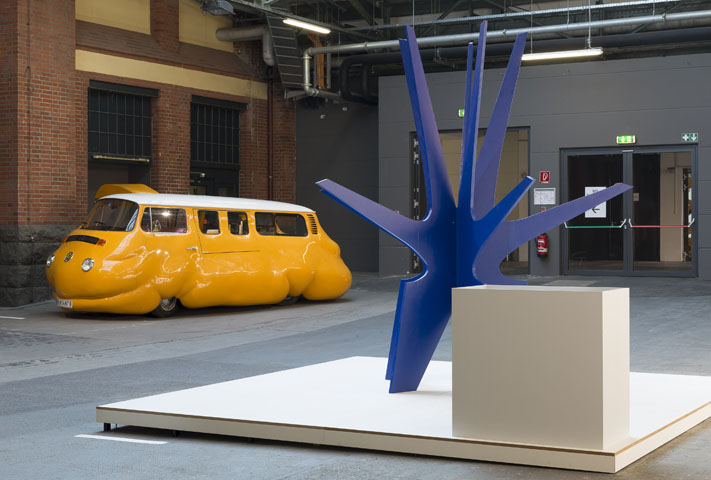

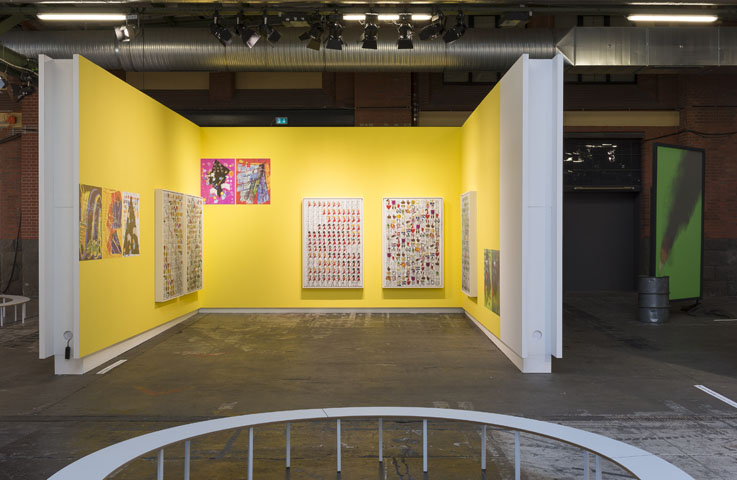

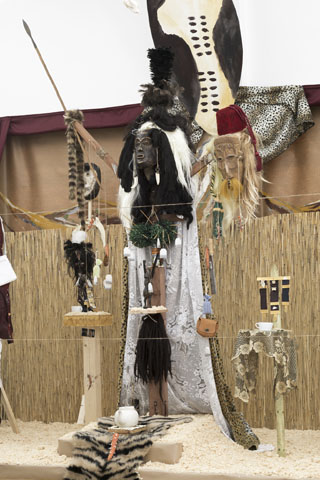

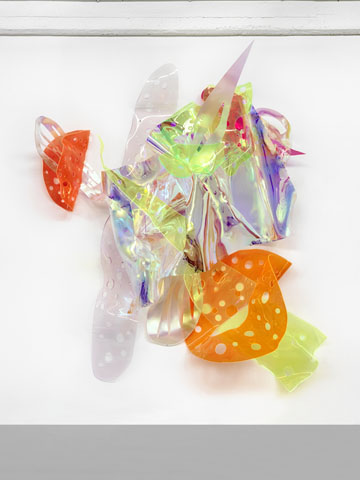

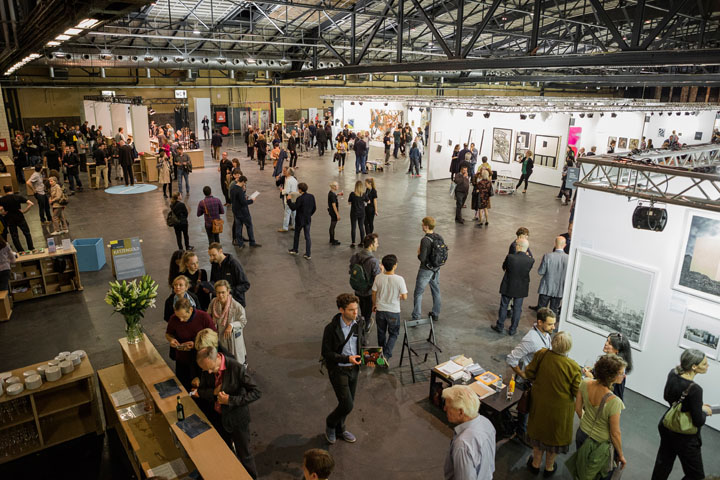
Comments